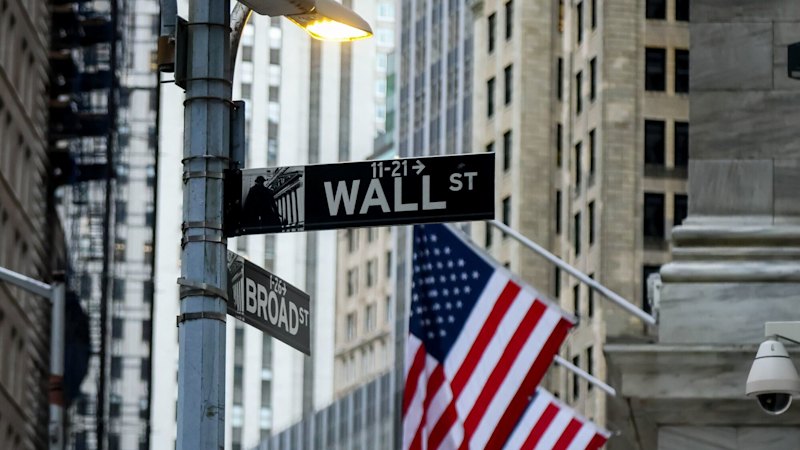
UPDATE: Equities have just surged to new all-time highs, driven by strong liquidity and shifting market dynamics. As we enter the final months of 2023, investors are witnessing a remarkable rally that shows no signs of slowing down.
In a developing situation, the current market environment is described as a “Goldilocks” scenario—neither too hot nor too cold. Credit spreads are tightening, bond yields are falling, and the overall risk appetite is firm. This shift is bolstered by significant injections from the People’s Bank of China and robust inflows in advanced economies, which have collectively improved liquidity conditions.
According to Vimal Gor, head of fixed income and multi-asset at Ellerston Capital, the global liquidity cycle is approaching its third year but has not yet peaked. He emphasizes that recent data reveals US households are holding more equities relative to their wealth than at almost any point in history, nearing the record levels observed in 2021.
Investors may initially perceive this as a bubble, but the underlying reality is that equities have become the default savings vehicle due to retirement accounts and index funds solidifying stocks as core assets in household balance sheets. This is not merely a passing trend; it marks a significant structural shift in investment behavior.
The Federal Reserve is signaling a change in priorities, with employment and financial stability now taking precedence over inflation concerns. This pivot suggests that the Fed is prepared to tolerate higher inflation to stabilize employment rates, with a specific focus on keeping unemployment below 5 percent. Recent indicators, like the ISM Services Index, have shown early signs of recovery, suggesting that the economy is beginning to gain traction.
As cyclical sectors outperform and small-cap stocks gain momentum, the combination of liquidity and policy support has led major investment banks to raise their S&P 500 targets. This shift in sentiment indicates that the factors driving the current rally are more durable than previously anticipated. Institutional investors, who have been underweight relative to their benchmarks, are now compelled to chase the rally, further amplifying market momentum.
However, significant risks loom on the horizon. Potential oil price spikes or unexpected inflation driven by tariffs could hinder the Fed’s easing cycle. Additionally, geopolitical tensions present a wildcard that could disrupt market sentiment at any moment. Should a sharp correction occur, the high equity allocation among households could severely impact consumer confidence, making these risks even more pronounced.
Despite these uncertainties, the overarching narrative remains positive. Liquidity is abundant, central banks are adopting accommodative stances, and fresh capital is flowing into markets. Forward-looking indicators indicate a robust economic foundation, strengthened by unexpected productivity gains driven by capital investment and the acceleration of AI and automation.
As we look ahead, the momentum suggests that this cycle could persist well into 2026. Those who focus on outdated valuations or past data may miss the unfolding developments in real time. With liquidity, policy, and productivity moving in a supportive direction, the market’s positive trajectory appears solid.
In conclusion, the current economic landscape is more than just a temporary rally; it represents a fundamental shift that could redefine investment strategies for years to come. As Gor aptly puts it, “Goldilocks has not just survived; it has found a new gear,” meaning the best phase of this rally may still be ahead.





